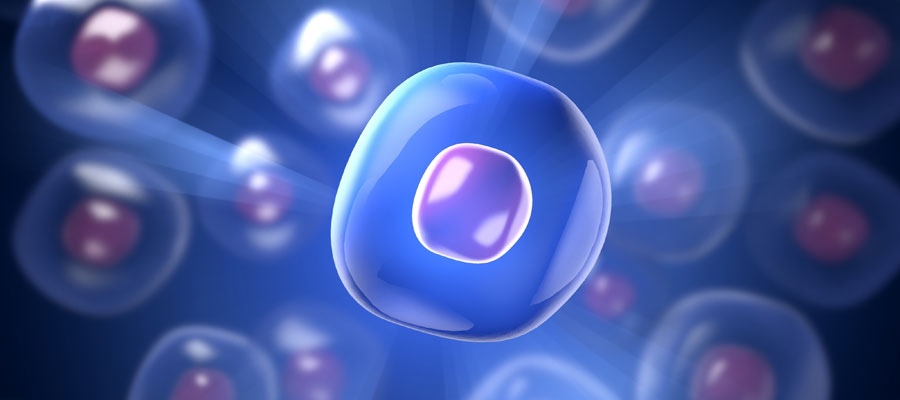SPATIAL AND SINGLE CELL SYSTEMS

Single cell
Single-cell omics technologies have revolutionised molecular biology and become the default choice for characterising the states of biological samples in depth and inferring their behaviour. This trend is aided by the availability of plug-and-play equipment and commercial reagent kits, and also well-validated protocols for diverse single-cell assays: 1) DNA sequencing (whole genome, exome, targeted), 2) RNA sequencing (scRNA-seq), 3) simultaneous profiling of RNA and cell surface epitopes (CITE-seq), 4) chromatin accessibility (scATAC-seq), 5) simultaneous scRNA-seq and scATACseq on the same cells, 6) ChIP-seq (sc-CUT&Run, scCUT&Tag), 7) methylome sequencing, 8) chromatin conformation (scHi-C), 9) simultaneous CRISPR-based DNA and RNA modification and transcriptome profiling (Perturb-seq), and more. The field of single-cell omics also includes a diverse array of specialised algorithms and data analysis pipelines, many of which are now in a mature state. However, data analysis expertise is still in short supply. Another ongoing challenge is massive and exponentially growing data volume.
Spatial: a new dimension of single cell
One major limitation of the above-mentioned single-cell technologies is that they are based on cells that have been disaggregated and then lysed. Spatial information inherent in the tissue architecture or in sub-cellular organisation is thus lost. To better understand the behaviour, interactions and functions of cells and tissues, we need to characterise nucleic acids without destroying their native physical structure. In addition to loss of spatial information, single-cell omics techniques are limited by the fact that tissue dissociation and downstream processing steps tend to alter cellular states. Similarly, cell doublets and debris can generate artefacts that are hard to compensate for. Lastly, lowly expressed genes are hard to detect due to the low sensitivity of current single cell omics approaches.
By overcoming the above limitations of “traditional” single-cell omics assays, spatial omics (SO) promises to transform cell and tissue biology, disrupt omics research and pathology markets, and lead to new therapeutics. SO technologies such as array-based spatial RNA-seq, in situ sequencing, spatial sampling, and multiplexed FISH can characterise cells (DNA, RNA, morphology) in their native tissue context. These methods define cell types and states in relation to the functional architecture of tissues, identify cell-cell signalling interactions, reveal differentiation trajectories, relate genotype and chromosomal architecture to phenotype, define spatial biomarkers, explore subcellular spatial organisation and the molecular correlates of cell morphology, characterise responses to external perturbations. Ultimately, they develop new diagnostics, and discover new disease mechanisms and druggable pathways.
The Spatial and Single Cell Genomics Platform (S2GP) has formed multidisciplinary teams comprising clinician researchers (SGH, NCCS, NUHS, CSI, Duke-NUS, LKC), technologists and biologists. S2GP as a core facility that also provides training is another unique asset. Similarly, GIS’ bioinformatics core and IT infrastructure have helped us cope with the large datasets generated by single-cell studies. Our prominence in international single-cell consortia is another source of strength: we have actively participated in (Equity Panel) and led (Genetic Diversity Network) HCA committees, obtained CZI HCA funding, and co-founded the HCA-Asia consortium, which is adding new members and expanding links with the Oz Single Cell consortium. GIS is the host institution for HCA-Asia’s flagship Asian Immune Diversity Atlas (AIDA) programme, and we have also formed a multinational cancer single cell alliance with Samsung Genome Institute (Korea) and KU Leuven (Belgium). Lastly, GIS hosted two major international single cell conferences in 2019: the first Cell Press single cell meeting and the third annual meeting of HCA-Asia.
GIS has the complete ecosystem for development and application of SO: clinical collaborations, proprietary MERFISH technology, data analytics expertise and cutting-edge model systems.
Related links:
Spatial and Single Cell Genomics Platform
Singapore Single-Cell Network
A*STAR celebrates International Women's Day

From groundbreaking discoveries to cutting-edge research, our researchers are empowering the next generation of female science, technology, engineering and mathematics (STEM) leaders.
Get inspired by our #WomeninSTEM
.png?sfvrsn=2e525642_5)